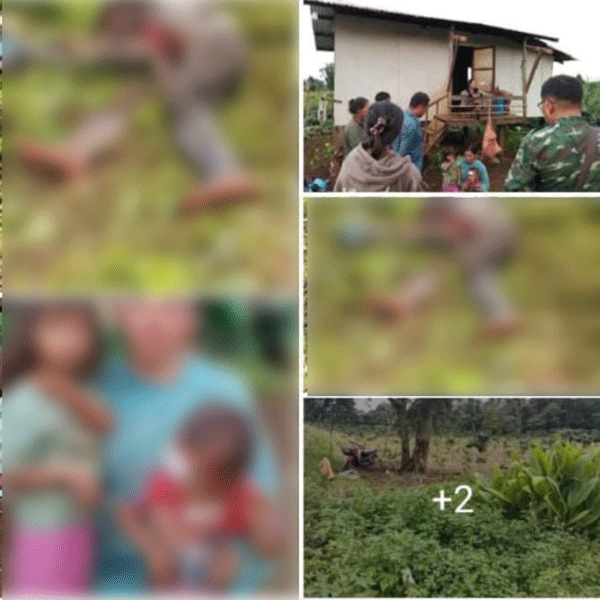UXO explosion kills man, injures son in Champasak
A farmer died shortly after his mower struck an item of unexploded ordnance (UXO) while he was cutting the grass at his farm in Paksong district, Champasak province, on August 13.
 |
| |
His two-year-old son, Billy, who was with him, was slightly injured when the device exploded, district authorities reported the following day.
On the day of the incident, Mr Thavieng, 30, drove his motorbike with his daughter Noina, 4, and his son Billy, 2, to the farm at around 1pm to cut the grass.
Tragically, his gasoline-powered mower struck an unexploded device that was buried in the ground, which detonated upon impact and killed Mr Thavieng, who lived in Kongtoun village.
His daughter Noina was not reported of any injury, but his son Billy received minor injury on his forehead and a slight chest wound.
UXO clearance team operating in the area advised the family to take him to a local hospital for an examination.
District authorities are now trying to identify the type of explosive device, which is presumed to be a remnant of war.
Mr Thavieng’s wife, Mrs Lamphieng, retrieved her husband’s body and arranged his funeral on August 13 in line with traditional rituals.
The UXO clearance team gave 12 million kip to the family to help cover the cost of the funeral and support them as they try to recover from their terrible loss.
Unexploded ordnance remains a critical issue in Laos, with deadly devices continuing to threaten civilians in their everyday lives as a result of the legacy of war.
During the Indochina War from 1964 to 1973, US warplanes dropped more than 2 million tonnes of bombs on Laos, equivalent to about one tonne for every man and woman, making Laos the most heavily bombed nation on earth per capita.
An estimated 30 percent of the bombs dropped failed to detonate, contaminating 87,000 square kilometres of land across the country, with accidental explosions continuing to main and kill innocent civilians, according to the National Regulatory Authority for UXO/Mine Action.
Despite the support and partnership provided by the international community to the Lao government for the clearance of UXO, only slightly more than 1 percent of contaminated land has been freed of unexploded munitions since clearance operations began in 1996.
By Times Reporters
(Latest Update August 15 , 2025)
|

